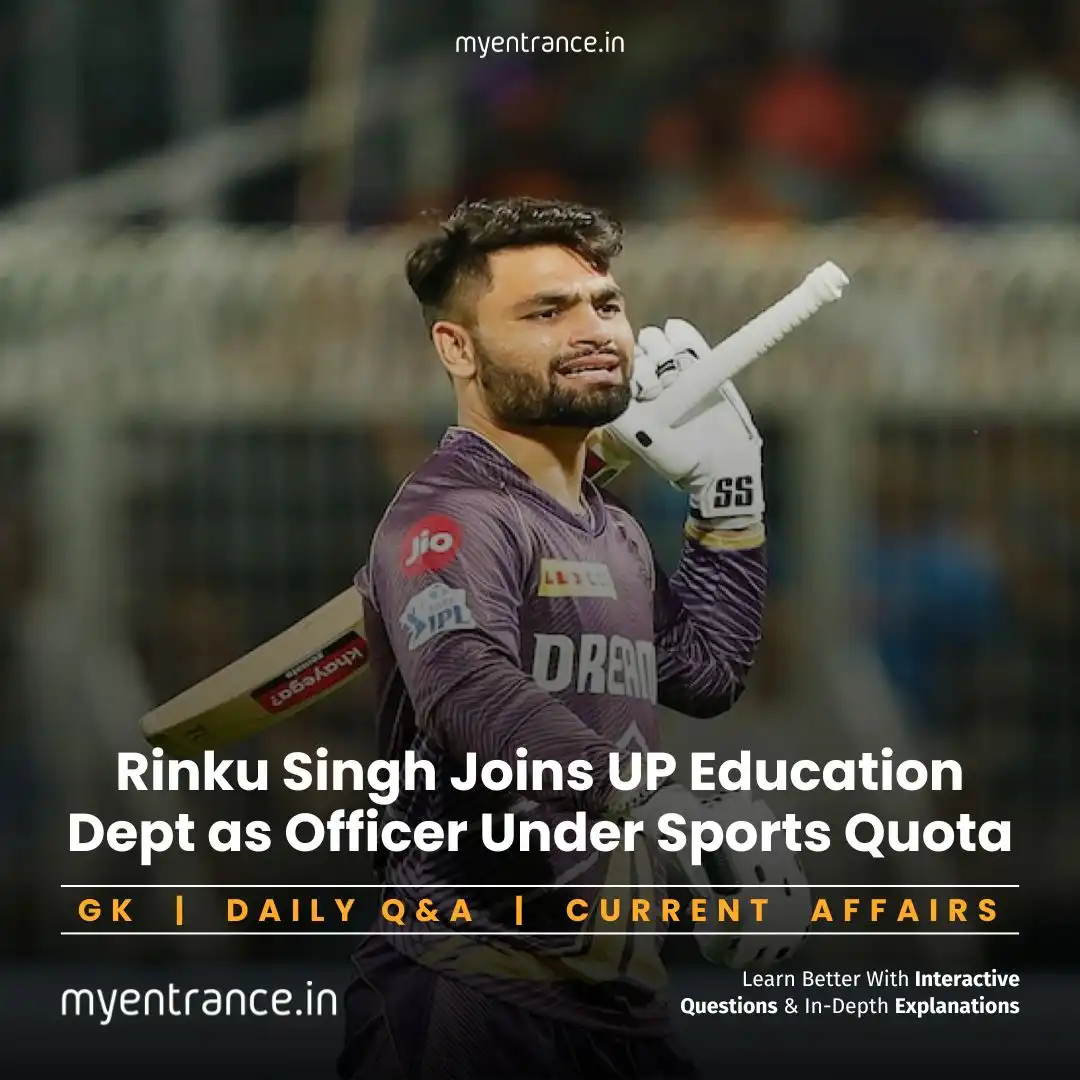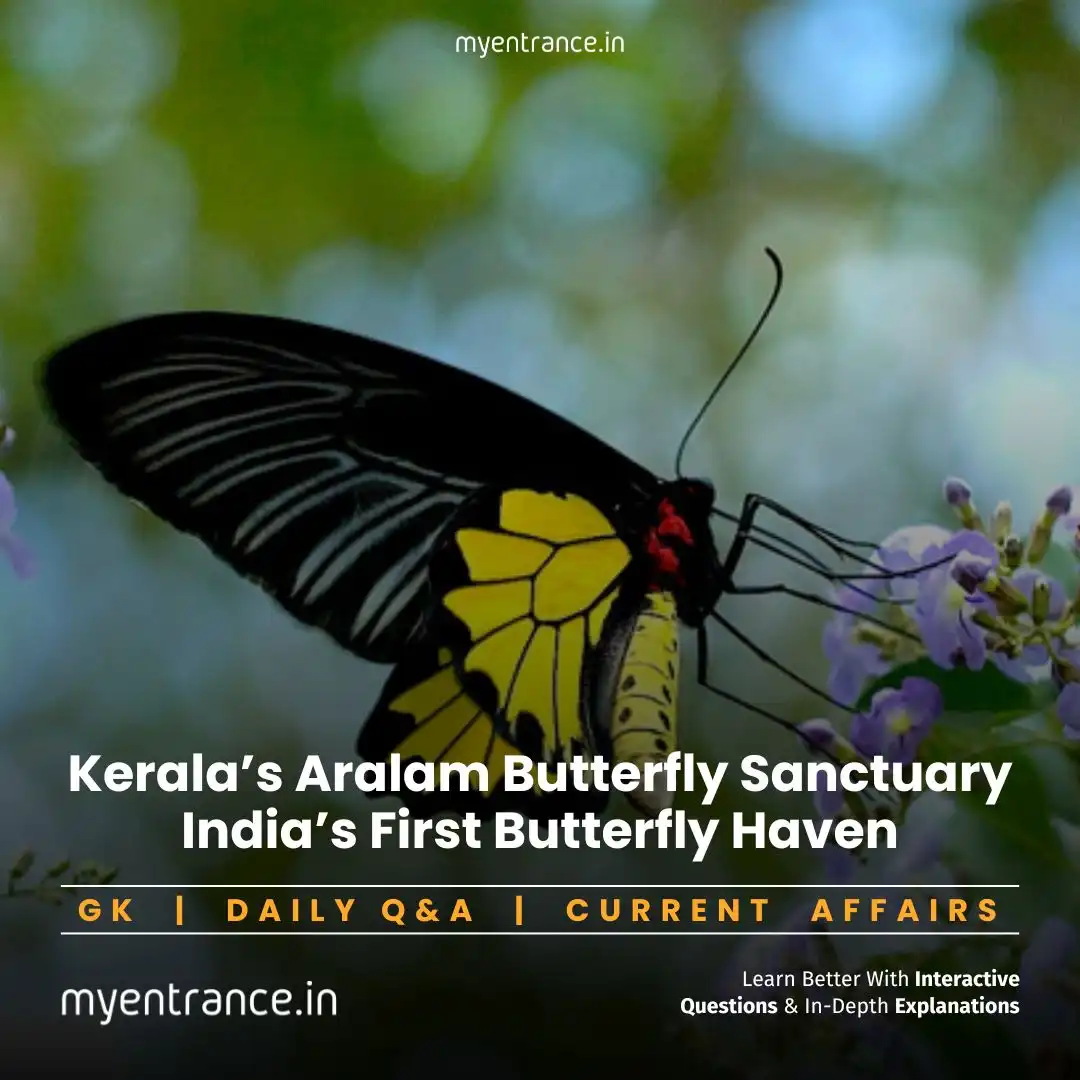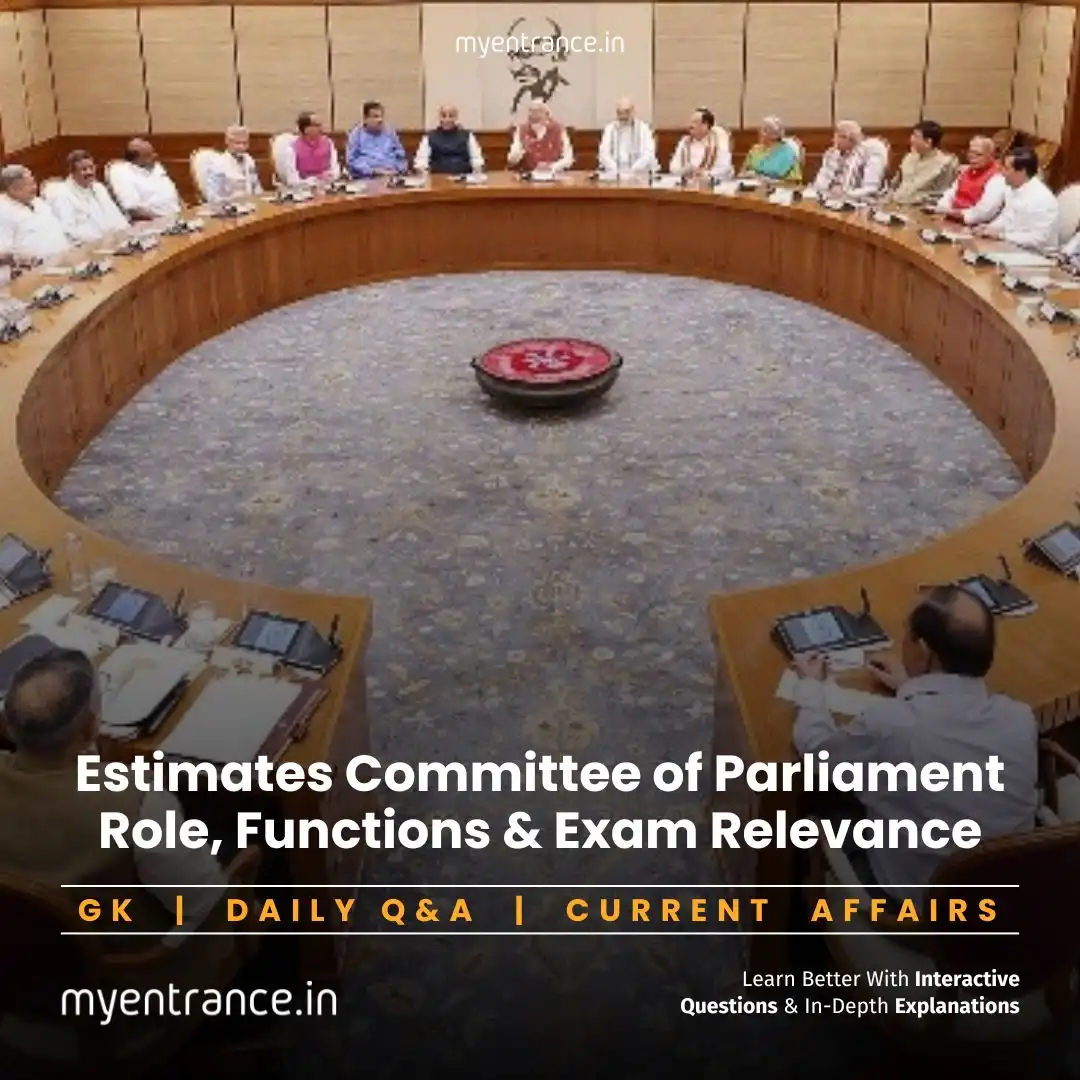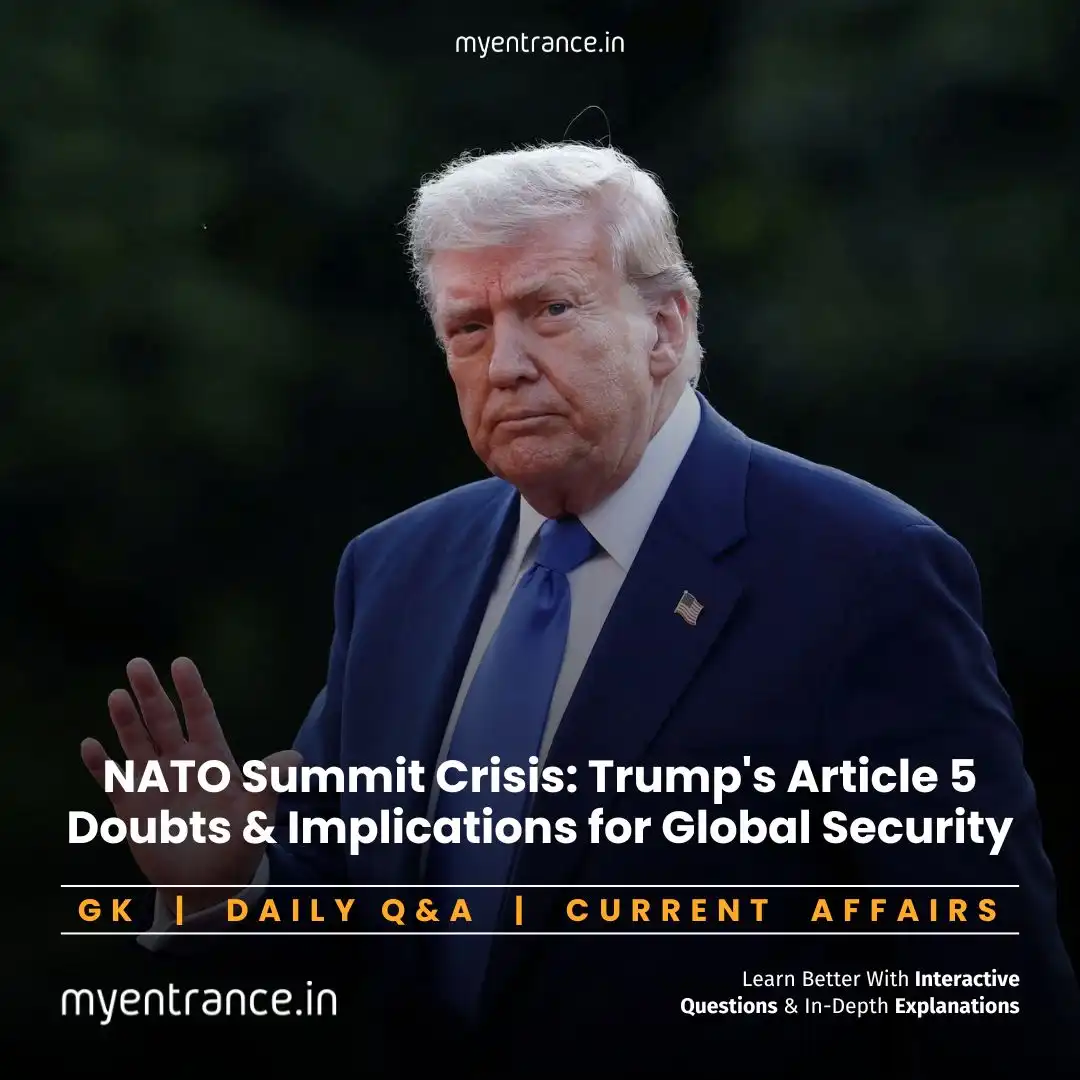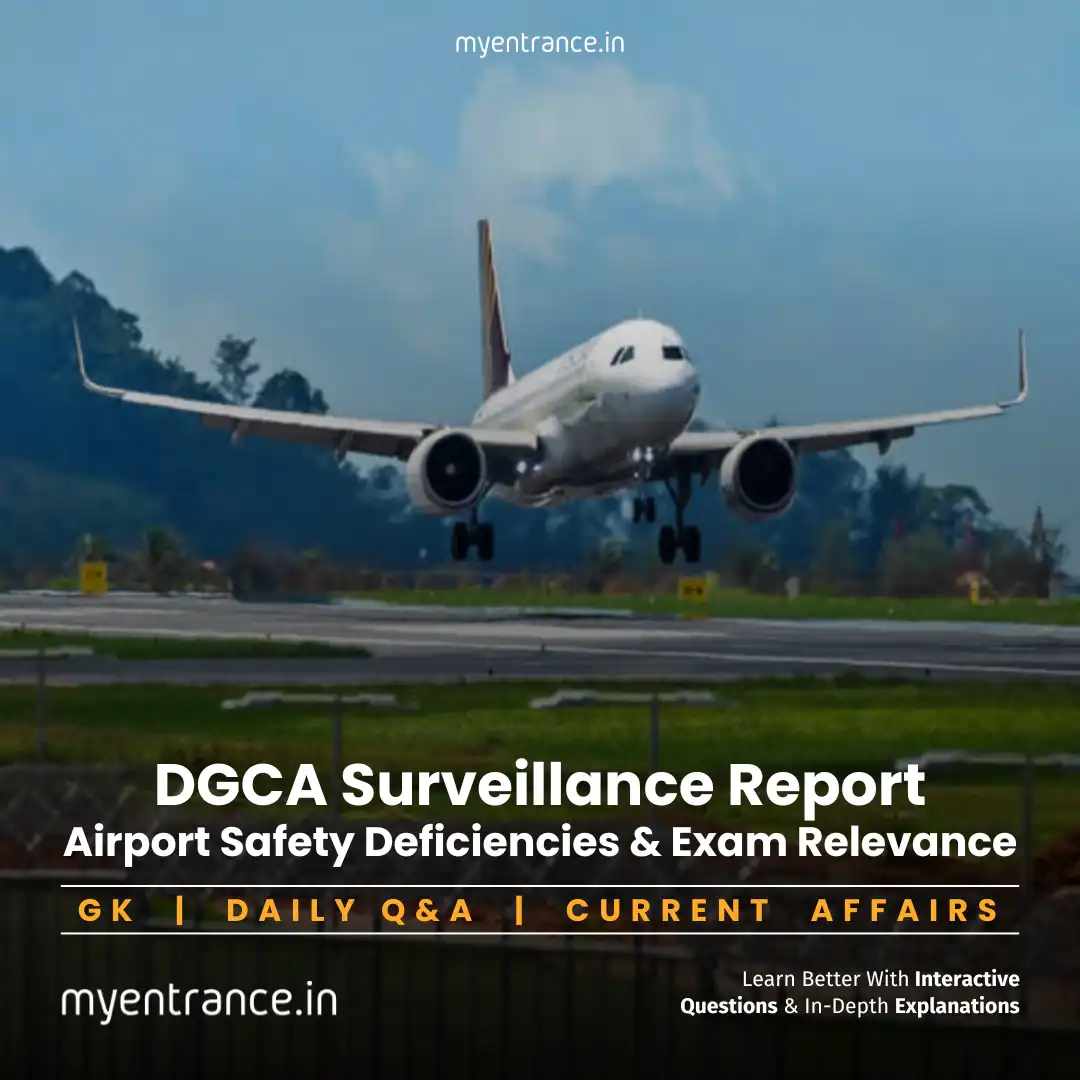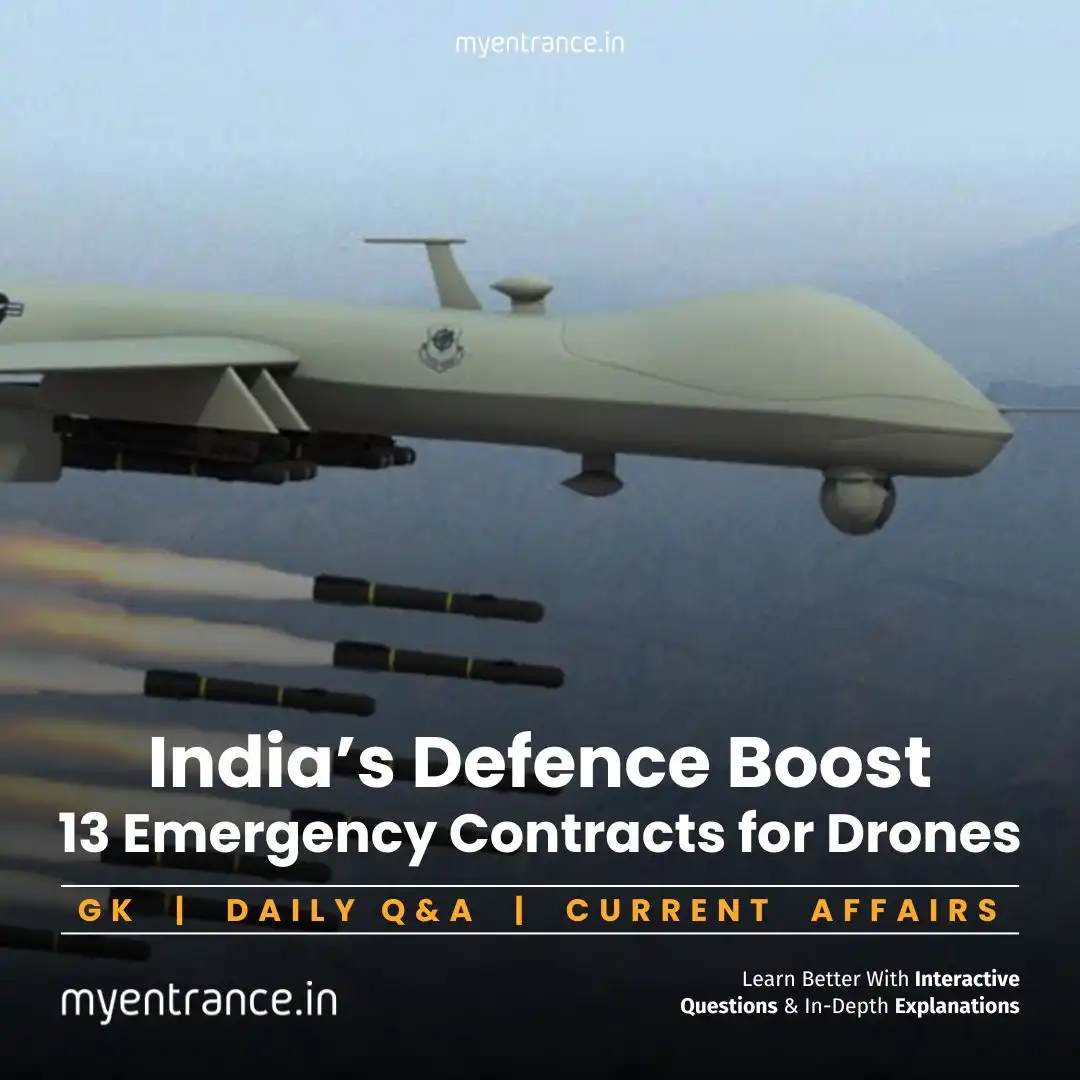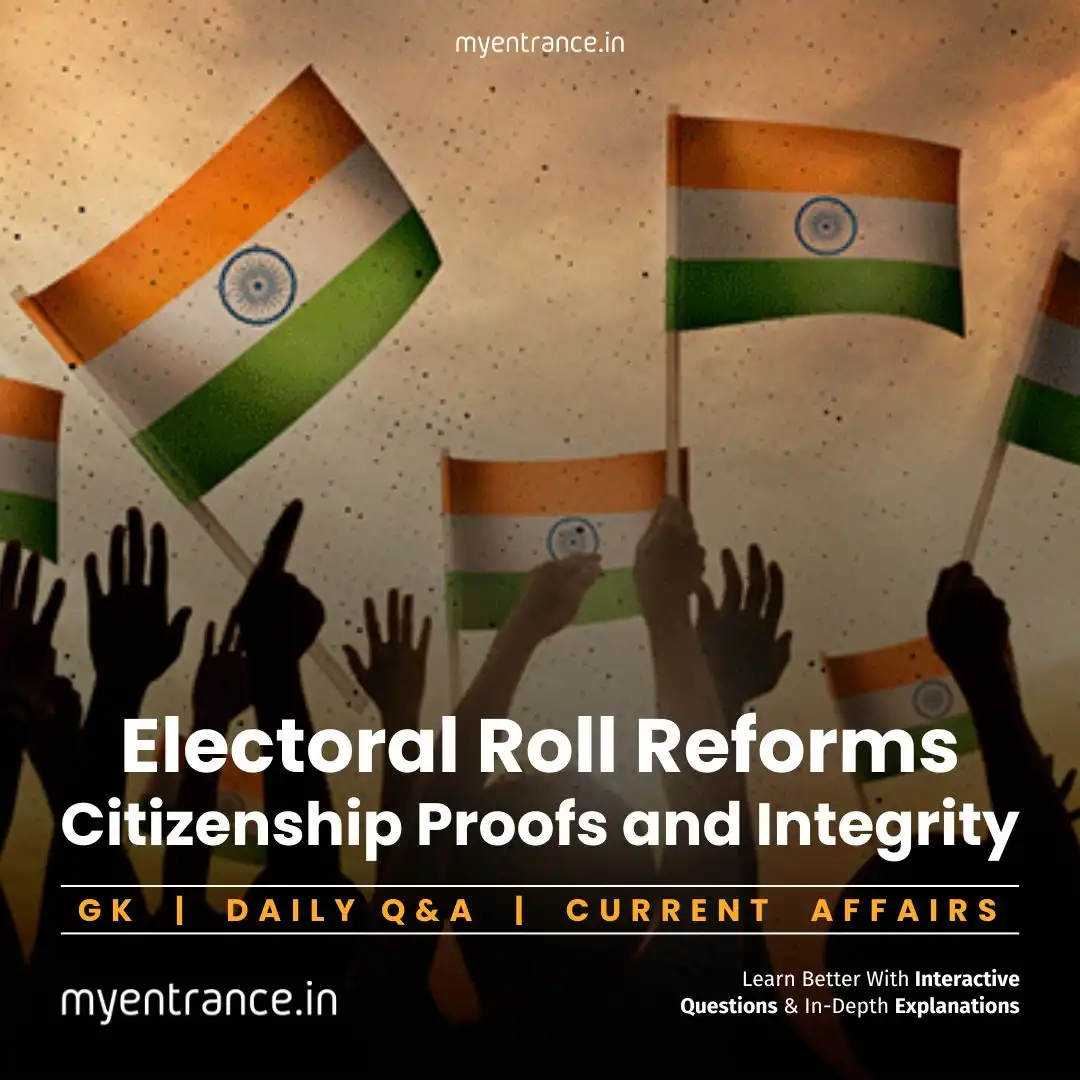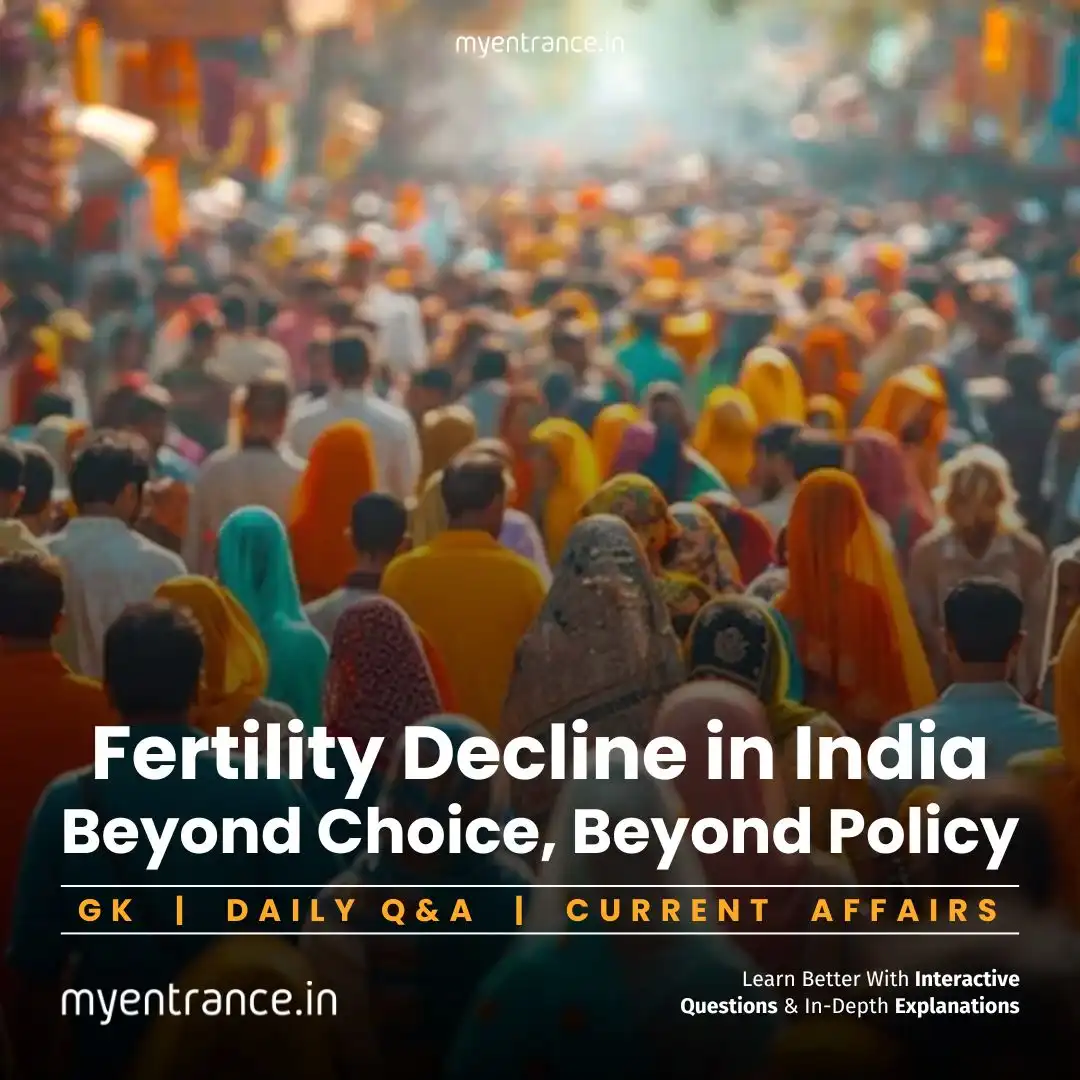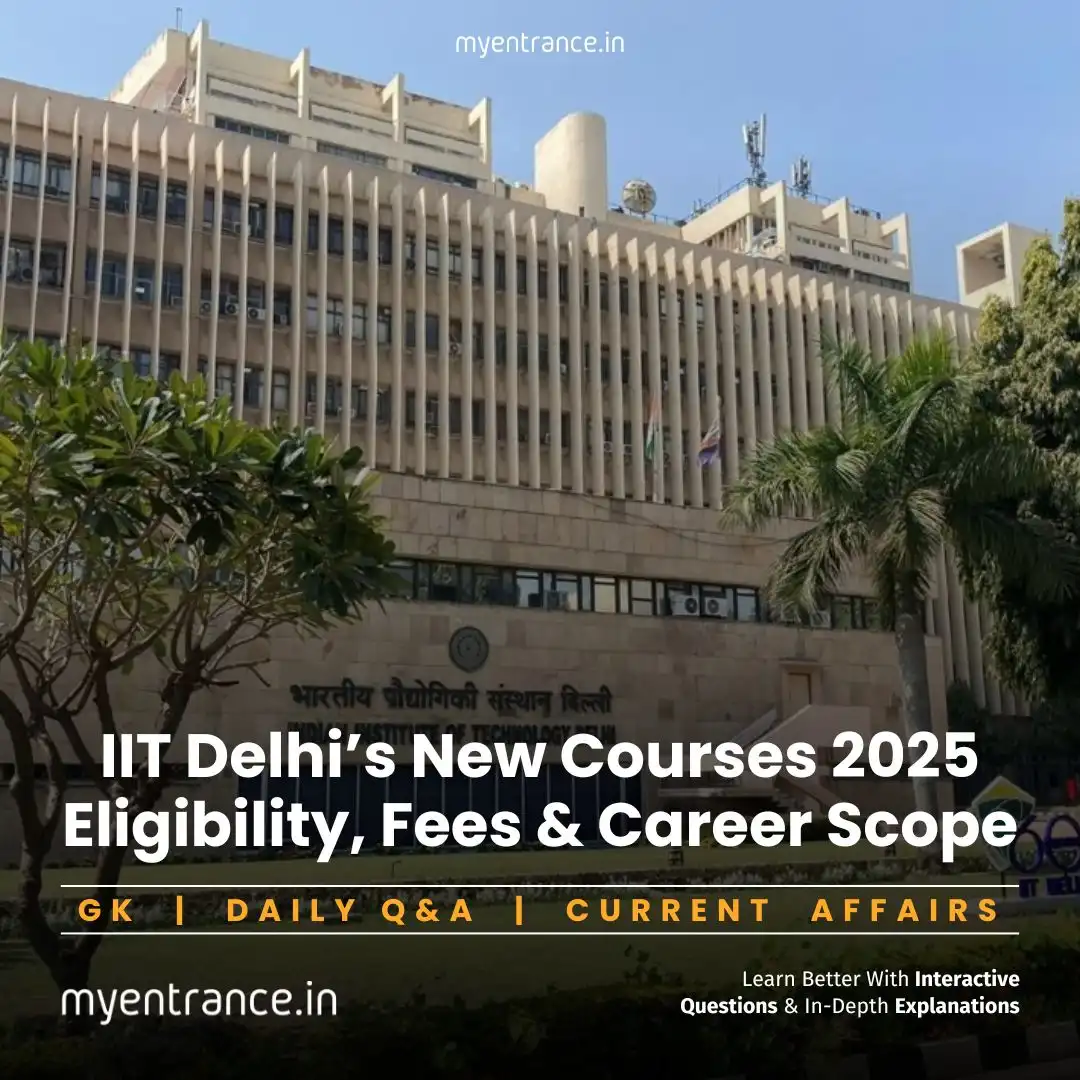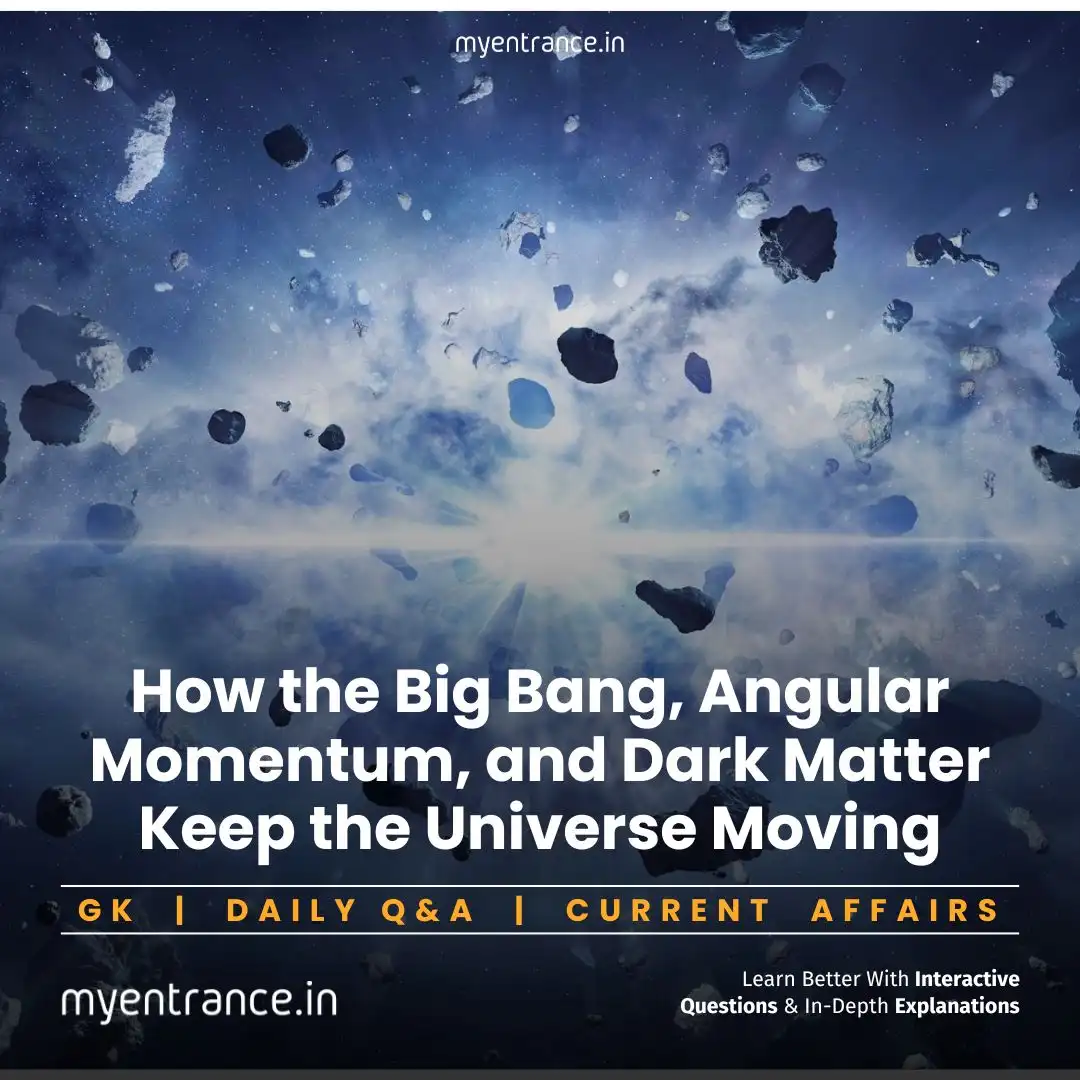Select Language
Indira Gandhi: Durga, Dictator, Democrat – The Triple Paradox of 1970s India
Indira Gandhi’s leadership embodied a striking paradox: celebrated as “Durga” after India’s 1971 victory over Pakistan, yet reviled as a “dictator” during the Emergency (1975–77). Within five years, she swung from democratic triumph to authoritarian overreach – a duality that redefined modern Indian politics.

The Three Faces of Indira Gandhi
Indira Gandhi’s legacy is a tapestry of contradictions. In 1971, she was hailed as “Goddess Durga” by opposition leader Atal Bihari Vajpayee after India’s decisive victory in the Bangladesh Liberation War. Her strategic Treaty of Friendship with the USSR and defiance of US President Nixon’s Seventh Fleet threat showcased steely statesmanship. Yet by 1975, this democratically elected leader would suspend democracy itself.
The Emergency: What, Why & How?
The Emergency (1975–1977) remains India’s darkest constitutional chapter. Triggered by Justice J.L. Sinha’s Allahabad High Court verdict annulling Indira’s 1971 election (for electoral malpractices), she imposed Emergency under Article 352 using “internal disturbance” as justification – the only such instance in Indian history.
Key Constitutional Twists:
Federalism Suspended: States became puppets of the Centre.
Fundamental Rights Curtailed: Habeas corpus was suspended – citizens couldn’t challenge unlawful arrests (ADM Jabalpur v. Shivkant Shukla case).
42nd Amendment (1976): Nicknamed the “Constitution’s mutilation,” it granted Parliament unchecked power to amend the Constitution (later partly reversed by the 44th Amendment).
The Dictator’s Democratic Gambit
Despite authoritarian measures, Gandhi’s call for elections in 1977 revealed her democratic instincts. Historians speculate: Was it overconfidence after the “20-Point Program’s” popularity, or a genuine belief in her mandate? The gamble backfired – the Congress lost spectacularly, proving India’s democratic resilience.
Lasting Impacts on Indian Democracy
Judiciary’s Credibility Crisis: The Supreme Court’s failure to uphold liberties in ADM Jabalpur eroded public trust.
Rise of Grassroots Movements: Jayaprakash Narayan’s Sampoorna Kranti (Total Revolution) united students, farmers, and opposition leaders against corruption.
Constitutional Safeguards: The 44th Amendment (1978) made declaring Emergency harder, requiring “armed rebellion” instead of vague “internal disturbance.”
Key Takeaway: Indira’s paradox shows how democratic institutions can be weaponized by charismatic leaders – a cautionary tale relevant even today.
Sample Questions & Answers
Q: Which constitutional provision was used to declare the 1975 Emergency?
A: Article 352 (ground: “internal disturbance”).
Q: Who famously called Indira Gandhi “Durga” in 1971?
A: Atal Bihari Vajpayee, praising her role in Bangladesh’s liberation.
Q: Which amendment during the Emergency allowed Parliament to amend the Constitution without judicial review?
A: The 42nd Amendment Act (1976).
Q: Which landmark case upheld the suspension of habeas corpus during the Emergency?
A: ADM Jabalpur v. Shivkant Shukla (1976).
Q: Who was India’s President during the 1975 Emergency?
A: Fakhruddin Ali Ahmed – he signed the proclamation without consulting the Cabinet.
Most Predicted Questions
Comprehensive study materials, Expert-guided tips & tricks, Mock tests and instant results.
Start your SSC, NIFT, NID, FDDI, PSC journey today with MyEntrance, your ultimate online coaching platform.

